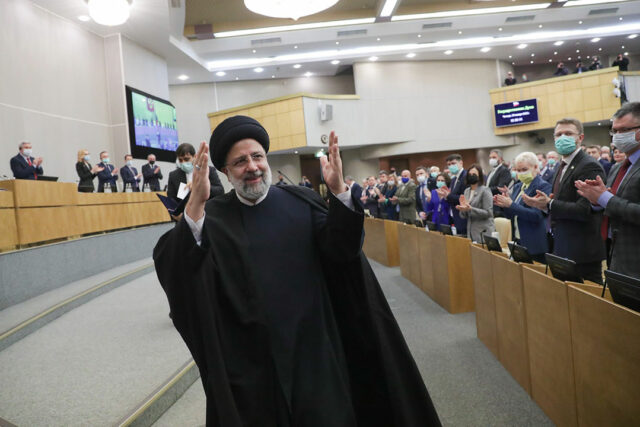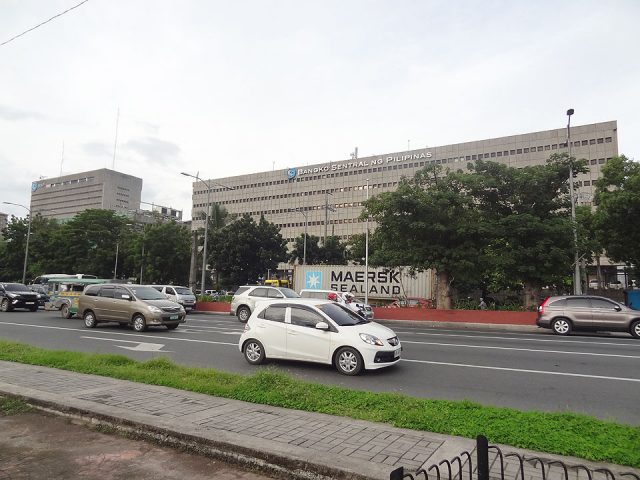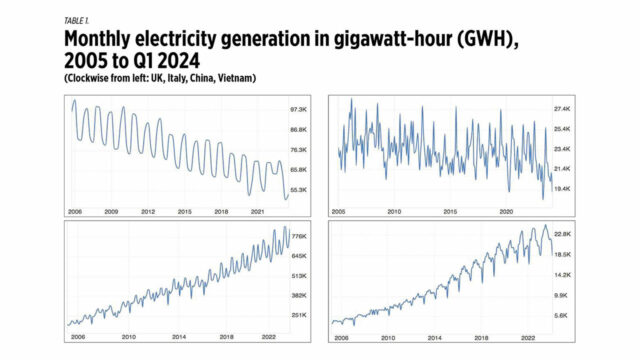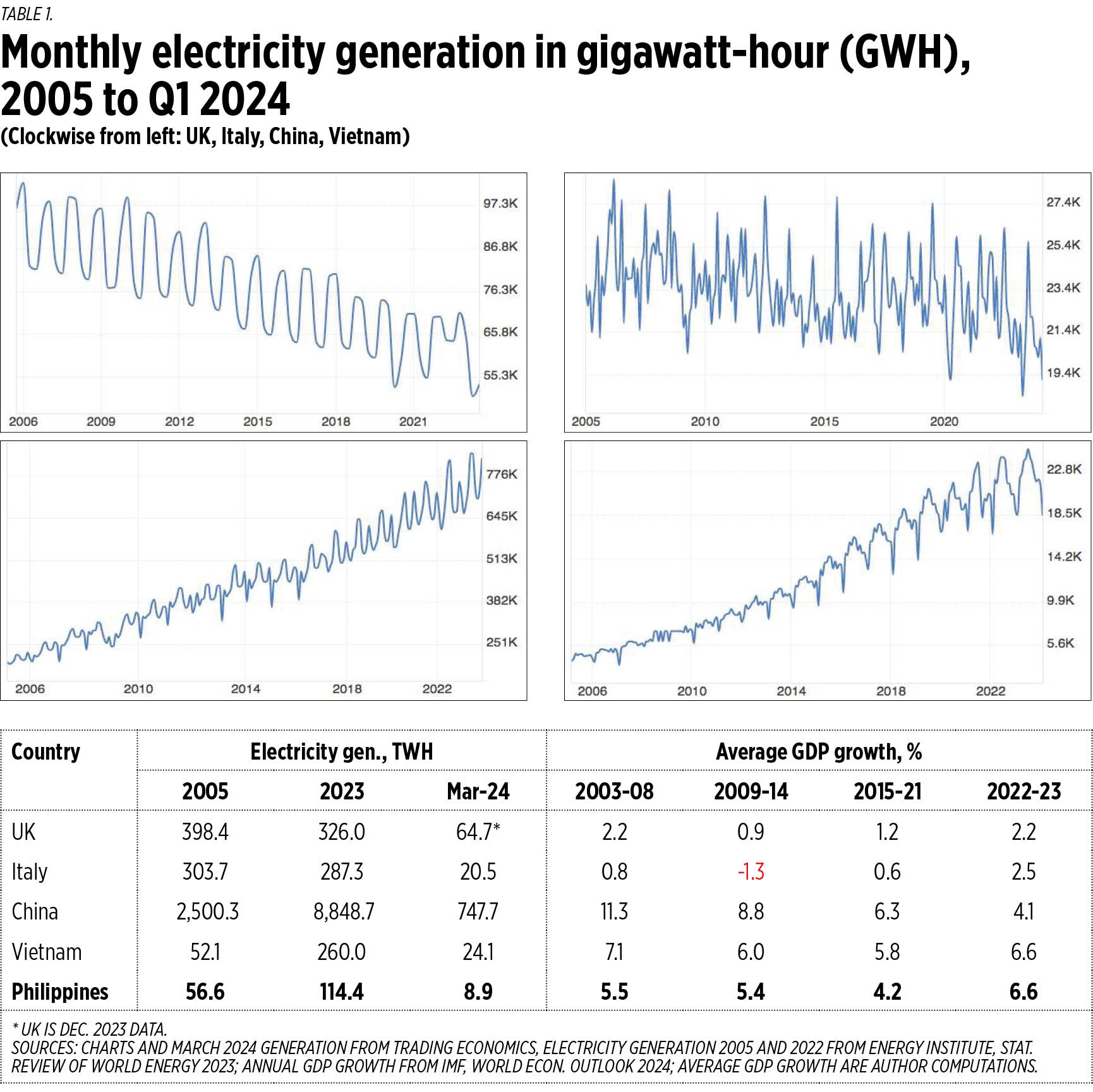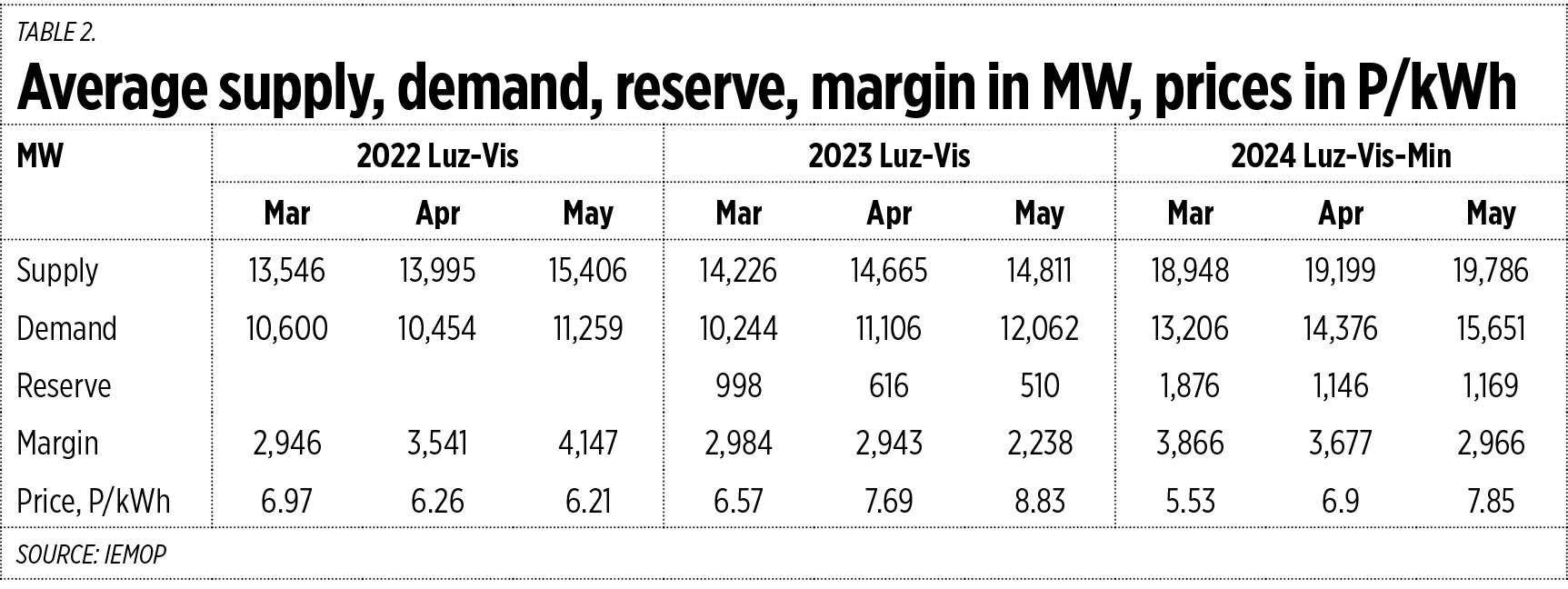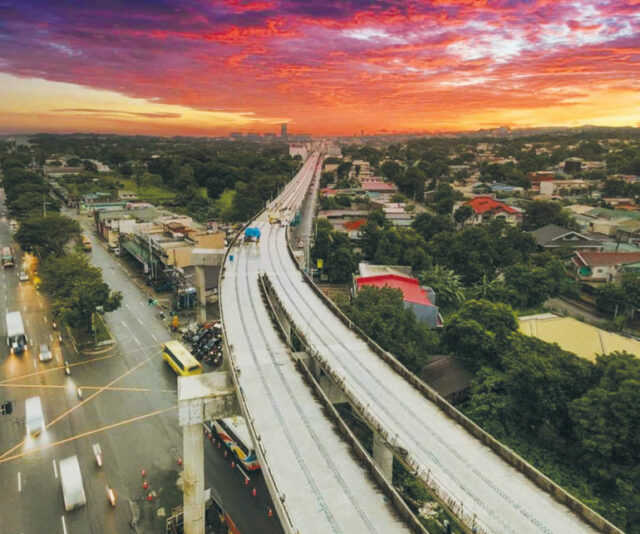Customer satisfaction is paramount
Last week I wrote about how a fast-food branch at the corner of Valero and Dela Costa failed me as a customer given the store’s seeming over-reliance on technology at point of sale. What ailed my customer journey at that specific store was how the automated ordering system resulted in a “disconnect” as it could not explain delays in my orders, not once but twice, in the same afternoon.
I surmised that technology failed where human intervention became necessary in the process. As I noted then, the use of technology in any operation is assumed to result in efficiency. But I also mentioned that humans cannot be completely removed from the process, and that such intervention should not wait until after a problem arises.
Of course, the fast-food company is not in any way at risk of losing me as a customer. I am its market, obviously. I go there often enough. However, another incident this week — this time at the drive-through of its branch in Greenbelt — indicates to me that perhaps it is about time that the company reminds its staff of the value of customer service, especially when technology “fails.”
Tuesday lunch time I entered the drive-through at around 11:49 a.m. and made my way to the point-of-sale (POS) terminal. Almost at once, the voice on the other end politely told me to wait. There were maybe eight cars ahead of me, with one at the cashier. After about five minutes, I made my presence felt, and the voice at the other end again politely told me to wait. Twice I was told to wait, without any explanation as to why. By then, there may have been about six cars behind me.
The trouble with situations like this, given the information vacuum, cars behind me might begin to think that I am the cause of the delay as I was at the POS at the time. I believe effort should have been made to inform all in line why it was not moving for about 10 minutes. Finally, at 11:59 a.m. — 10 minutes after I entered the drive-through — the voice at the other end took my order.
In drive-through terms, as any fast-food operator would appreciate, a 10-minute wait to order is an “eternity.” I suspect it would have been faster for me to have gone down, walked to the counter, and ordered in-store. Anyway, at 11:59 a.m., my order was taken, with just one car ahead of me in line. It took another four minutes for me to reach the cashier. I paid at 12:03 p.m.
The payment process took less than minute, but even then, no explanation was offered for the 10-minute delay in taking orders. I did not bother to ask why, recalling my experience at the Valero store just a week before. Anyway, I picked up my order at the last window at 12:05 p.m. In all, the process should have taken maybe four minutes from ordering to pick up. Instead, it took 16 minutes — too long for any drive-through.
With the way the Greenbelt drive-through is built, once you enter, you cannot back out. There is simply no way to leave the line. In short, with or without delays, you will just have to go through the process until you can exit, satisfied or not. The least that the staff could have done was to offer some explanation for the delay — whether via voice or through the ordering terminal’s monitor.
I suspect either the system went down temporarily or there was a reboot. I checked my receipt and it indicated that my order was processed at the window at “11:53 a.m.” However, the credit card charge slip indicated “12:03 p.m.,” while my own watch — based on network time — also indicated “12:03 p.m.” as payment time. In short, the fast-food company’s system indicated a 10-minute lag time in the receipt, which coincided with my waiting time in front of the POS terminal.
Why didn’t the staff — the voice at the other end — offer some explanation for the delay, rather than just politely asking the customer to wait, not once but twice? And this is where, in my opinion, like in the case of the Valero store a week before, “disconnect” occurs. Customer satisfaction could have been improved by the offer of an explanation. Was this a training “failure”? Or the customer’s satisfaction is simply taken for granted?
As I wrote previously, in most cases, technology aims to simplify tasks. But it can sometimes introduce complexity especially after points of failure. In this case, I believe that human behavior was the bottleneck that resulted in poor customer satisfaction. There was a lack of recognition of the need to explain the process delay to the customer, who was left in the dark as to what was happening. In some cases, this neglect can result in confusion, dissatisfaction, maybe even anger and frustration.
The task of managing customer expectations fell through the cracks, as there was no way for the POS or ordering system, on its own, to directly inform or explain to the customer the cause of delay. Perhaps the POS monitor could have been used by the store manager to send out a short message as an explanation that can be viewed by the customer waiting in the car. Or the “voice” at the other end could have done the same. Missed opportunities.
So, unless the customer complained or asked about the delay, the store would have been unaware of the degraded customer experience. Or maybe it was aware but just did not care. In this line, one cannot overemphasize the need for staff training particularly in adverse or “crisis” situations. A system reboot, downtime, or other unintended or unforeseen mishaps should be explained immediately to customers in all ways possible — either directly by staff or by any available communication channel.
There is no shame in admitting mishaps or adverse incidents. They occur in any operation. What matters, however, is how businesses immediately deal with such situations, and how quickly necessary information is conveyed to customers during the customer journey. Information vacuums should be avoided. Customer satisfaction is always paramount, and care must always be exercised to ensure it.
Marvin Tort is a former managing editor of BusinessWorld, and a former chairman of the Philippine Press Council





